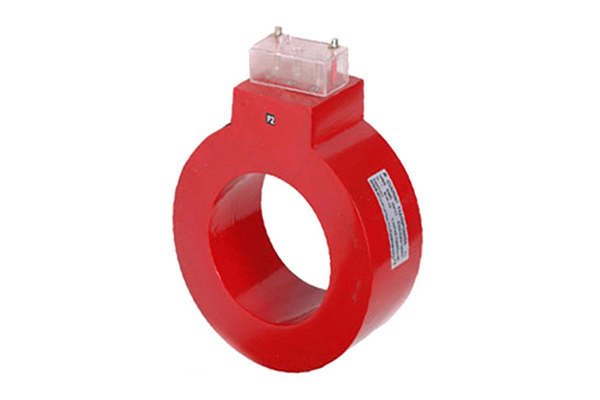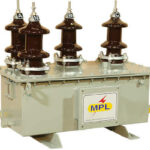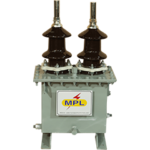Low voltage transformers are very useful in everyday life, even when we don’t see them. A transformer is an electrical device that changes the current inside of it from a higher voltage to a lower voltage or from a lower to a higher, depending on your needs and requirements. To do this, it uses magnetic and several other electrical properties and functions. Low voltage transformers are the last connection and change before it enters into our homes. Here are some of the important applications where current transformer types are used are:
- Manage the high-voltage electrical sub-stations and the electrical grid
- Commercial metering
- Create the protective relay in case of a failure current and isolate a component of or the full system from the main supply
- Motor and generator sets
- Standard types for laboratory purpose
- Current sensing, monitoring, recording, and control

LV Current transformers are mainly used in metering and protective sending in the electrical power industry where they make easy the safest obligation of a huge amount of currents, regularly in the presence of low voltages on the circuit. Current transformers are normally controlled by passing a single primary turn under a well-insulated torpidly core with enormous turns of wire wrapped. The current transformer is further used to measure the flow of current and as well in monitoring the operation of the power used. The CT is fundamentally defined by its value of current ratio flowing from primary to secondary.
There are numerous applications for LV current transformers. Current transformers have small footprints that are increasing on printed circuit boards, and these are used to sense current overloads. LV Current Transformer Tape Wound consists of an included main winding that is inserted in series with the conductor that carries the exact current. A current transformer is a type of instrument transformer that has been designed to provide a current in its secondary which is proportional to the current flowing in its primary.



